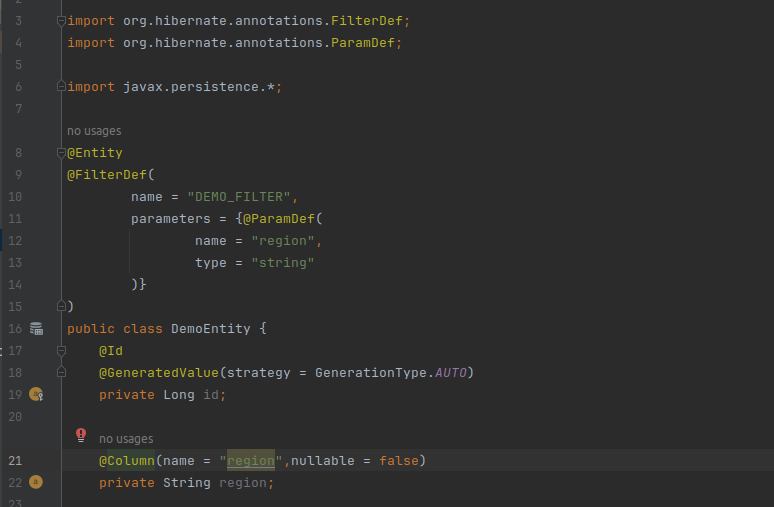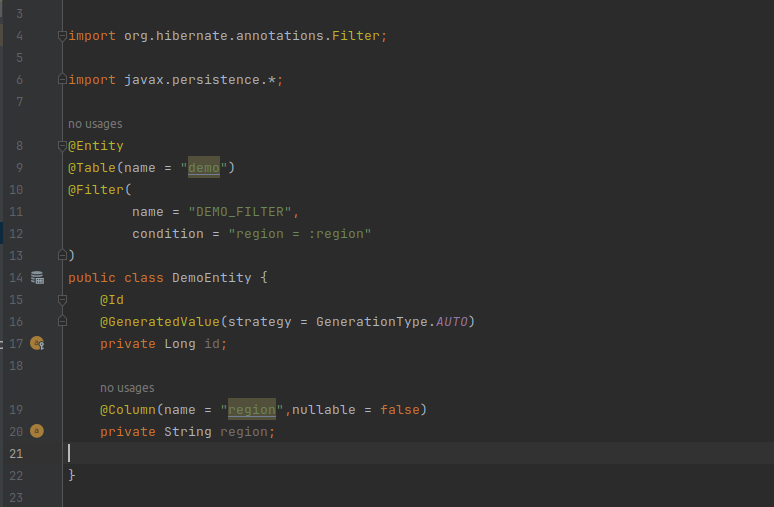Hibernate Filter in Java
Introduction
Hibernate is a widely used Java-based Object-Relational Mapping (ORM) framework that simplifies database operations in Java applications. One of Hibernate’s most powerful features is its support for filters, which allow you to apply dynamic, context-based constraints to retrieve data from a database. In this blog post, we’ll explore Hibernate filters, their usefulness, and how to use them in your Java applications.
What Are Hibernate Filters?
Hibernate filters provide a way to define dynamic parameters that can be used by organizations when retrieving data from a database. These parameters act as additional conditions to SQL WHERE clauses, and allow you to restrict data retrieval from the table based on certain conditions. Filters are especially useful when you need to implement features such as data access control, soft deletion, multi-tenancy, or any situation that requires dynamic data filtering.
Benefits of Using Hibernate Filters
- Data Security: Hibernate filters can be used to enforce security measures at the data access level. For example, you can ensure that users can only access data they have permission to access. ‘-
- Soft Deletion: When using the soft deletion mechanism, a filter can be used to remove logically deleted records from the query results without permanently removing them from the database
- Multi-tenancy: Filters can be used to separate data for different tenants in a multi-tenant application to ensure the isolation of data.
- Global Scope: Filters provide a global way to apply conditions to queries without modifying application code or individual queries.
- Dynamic filtering: Filters can be enabled or disabled at runtime, allowing filtering criteria to be changed as needed.
Implementing Hibernate Filters
Now, let’s dive into how you can implement multi-tenancy using Hibernate filters in your Java application:
- Define a Filter: To create a Hibernate filter, you’ll first need to define it in your entity class using the @FilterDef annotation. This annotation specifies the filter name, parameters, and default condition.

- Enable the Filter: To enable a filter, use the @Filter annotation on a field or entity. You can also specify the filter condition using the condition attribute.

- Enable the Filter in Code: You can activate the filter in your Java code using the enableFilter method of the Session or EntityManager. For example:

- Query with Filters: Once the filter is enabled, any queries executed on the session will automatically include the filter condition.

Conclusion
Hibernate filters are a powerful feature that allows you to apply dynamic data filtering in your Java applications, improving data security and simplifying complex scenarios like multi-tenancy and soft deletes. By following the steps outlined in this blog post, you can start implementing Hibernate filters in your projects and take advantage of their benefits for data retrieval and manipulation.



